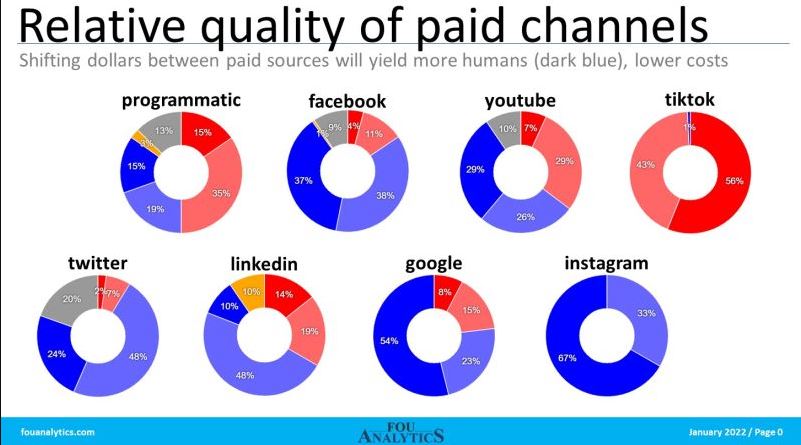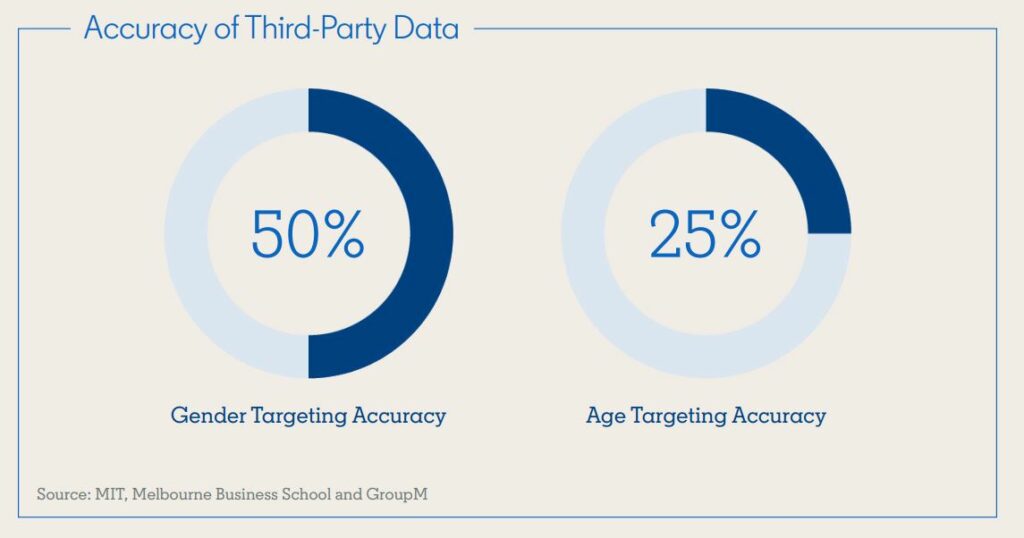Last week, Bill Gates said that cryptocurrency, such as Bitcoin and Ethereum, as well as NFTs, are “100% based on greater fool theory”. He was one of many people piling on as the markets crashed under the weight of inflation, interest rates and other economic factors, and I like to think at least a tiny bit because they are absolutely disastrous for our climate.
Greater fool theory suggests people can make money by flipping overvalued assets to someone who is willing to pay even more for them. If you can find an even bigger sucker, you can make money off them.
In many ways, that describes the current state of digital advertising, where the role of the modern media planner is now less about reviewing RFPs and building spreadsheets and more about filtering through cold pitches from AI startups in New York or analyzing activity on the latest social community propped up by bots that, apparently, just really like dance videos.
For all of the hand-wringing about the departure of third-party cookies, outside of attribution, this wouldn’t be much of a story if we were honest all along about how ineffective third-party targeting is. The next time you visit a child’s birthday party you’ll see more precision from a blind-folded toddler swinging away at a piñata.
It’s much more fun to pitch the latest ad tech solutions – a repackaging of last week’s ad tech solutions, but now with a gradient in the logo – that sound great in meetings but don’t pass the most basic sniff test. If you aren’t measuring the things that matter, who would know otherwise?
Perhaps more than anytime before, today’s marketers need to ask harder questions about their advertising. Are my ads correlating with or causing outcomes? Would a real person interact this way? How accurate can this targeting be if the reach is so high? Media teams need to stickhandle through a landscape bloated by dubious offerings, seeking trusted partnerships and supply streams to get ads in front of actual people while focusing on metrics that make sense.
In short, let someone else be a greater fool.


